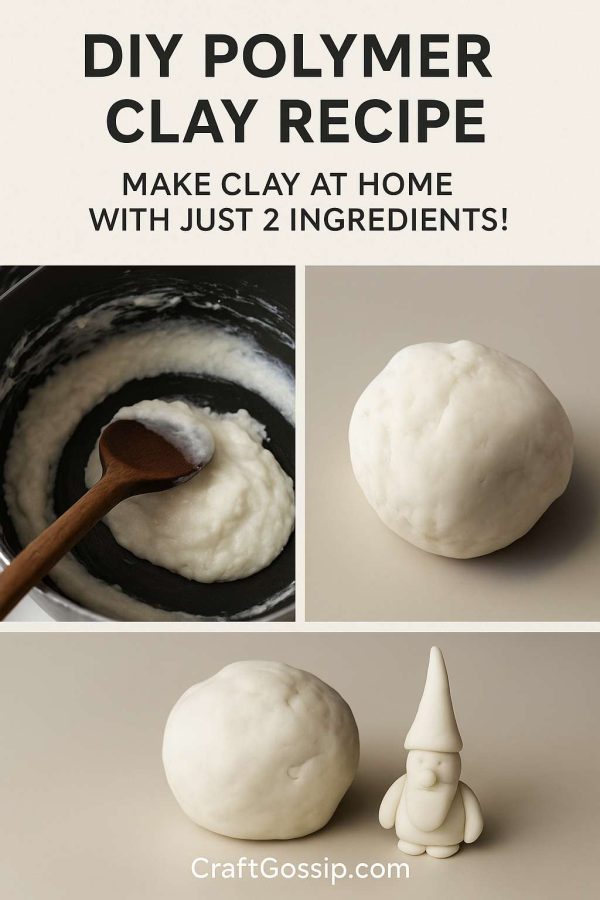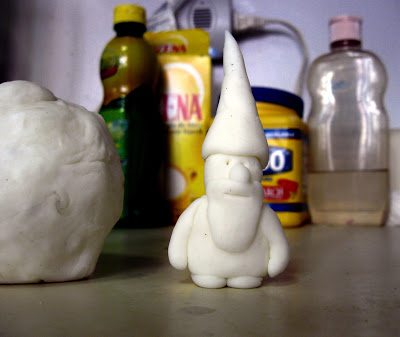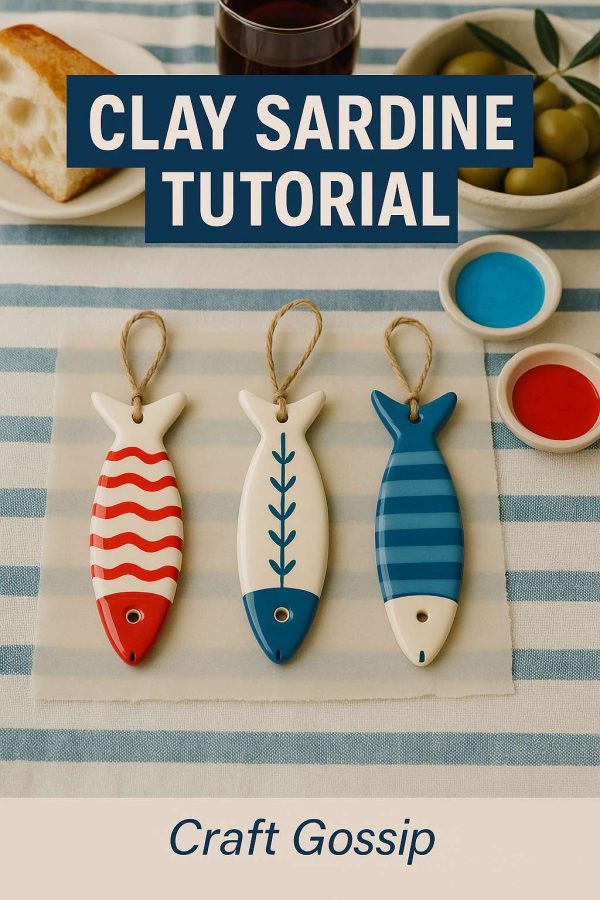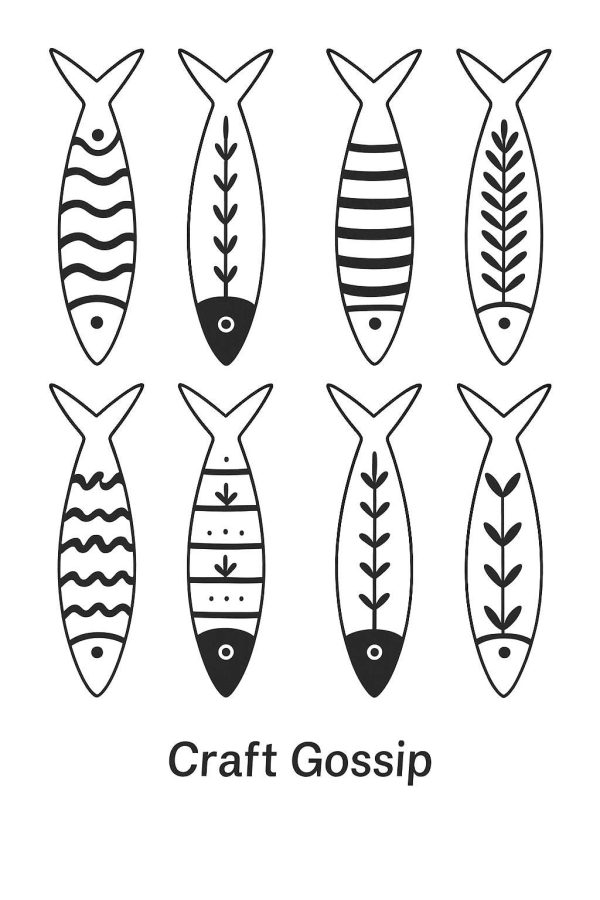
You can actually make your own polymer-style clay at home, and the best part? You don’t need any fancy supplies. With just a couple of everyday household items—cornstarch and white PVA or Elmer’s glue—you can whip up a batch of soft, moldable clay that behaves a lot like store-bought polymer or Fimo clay.
This homemade clay recipe is budget-friendly, kid-safe, and perfect for crafters who want to experiment without investing in expensive packs of clay. Unlike some other DIY or air-dry clay recipes, this one dries to a smooth, pure white finish with minimal cracking, making it a great option for handmade ornaments, jewelry, small figurines, or keepsakes.
Think of it as the ultimate rainy-day project supply—you can mix it up in minutes, store it in the fridge for later, and then shape it into just about anything your imagination dreams up. Whether you’re crafting with kids, prepping for holiday decorations, or just want to test out clay sculpting without running to the craft store, this simple recipe has you covered.

This polymer clay tutorial shows you how to cook the glue and cornstarch to create a dough-like substance that will effectively dry in the air. So an air drying polymer clay. Similar to white Airdrying clay but of course far more affordable!
You can also paint the clay and seal it with high gloss sealer. It is also referred to as cold porcelain for its smooth white finish.
You might be surprised to know that it also contains lemon juice.
The Etsy team at New York has put all the details and instructions together: Homemade Polymer Clay.
Have you tried making this Polymer / Fimo clay? Check out and let us know how it went in the comments below.
What did you make with your homemade clay?
Looking for air-drying clay? We highly recommend Das Air dry clay, we have been using this product for over 30 years. Check out their Das White Air drying clay and their Terracotta Air drying clay
version for a natural pottery feel. For larger crafts we recommend buying your air drying clay in bulk


Receipt is for cold porcelain clay which air dries. Polymer clay needs heat to cure and one cannot make this art material at home.
http://en.wikipedia.org/wiki/Cold_porcelain
http://en.wikipedia.org/wiki/Polymer_clay
Hi! You’re correct in that traditional plastics based polymer is heat cured but a lot of the air dry clays are lumped in with the polymer clay category in terms of tutorials, tools, their location at stores and their market. So my manager thought the recipe appropriate and posted it.
It makes a nice air dry modeling material that has a texture similar but not quite like air dry “porcelain” clay. I imagine homemade polymer clay of the type I (and probably you!) work with would be more of a combination of heat set glues and pigments and binding powders rather than air dry glues and pigments and powders. One just polymerizes at a very different temperature / condition than the other.
Just made a batch and only issue was food coloring isn’t bright enough so I hope to test one more batch with pure pigment
Yep, I always found you have to add an awful lot of food colouring or to use the paste dyes or actual dyes.
I find it easier to make one batch and then paint the objects that i make with acrylic paint
An air drying polymer clay ? ?
Is this non – toxic and do you get good detail?